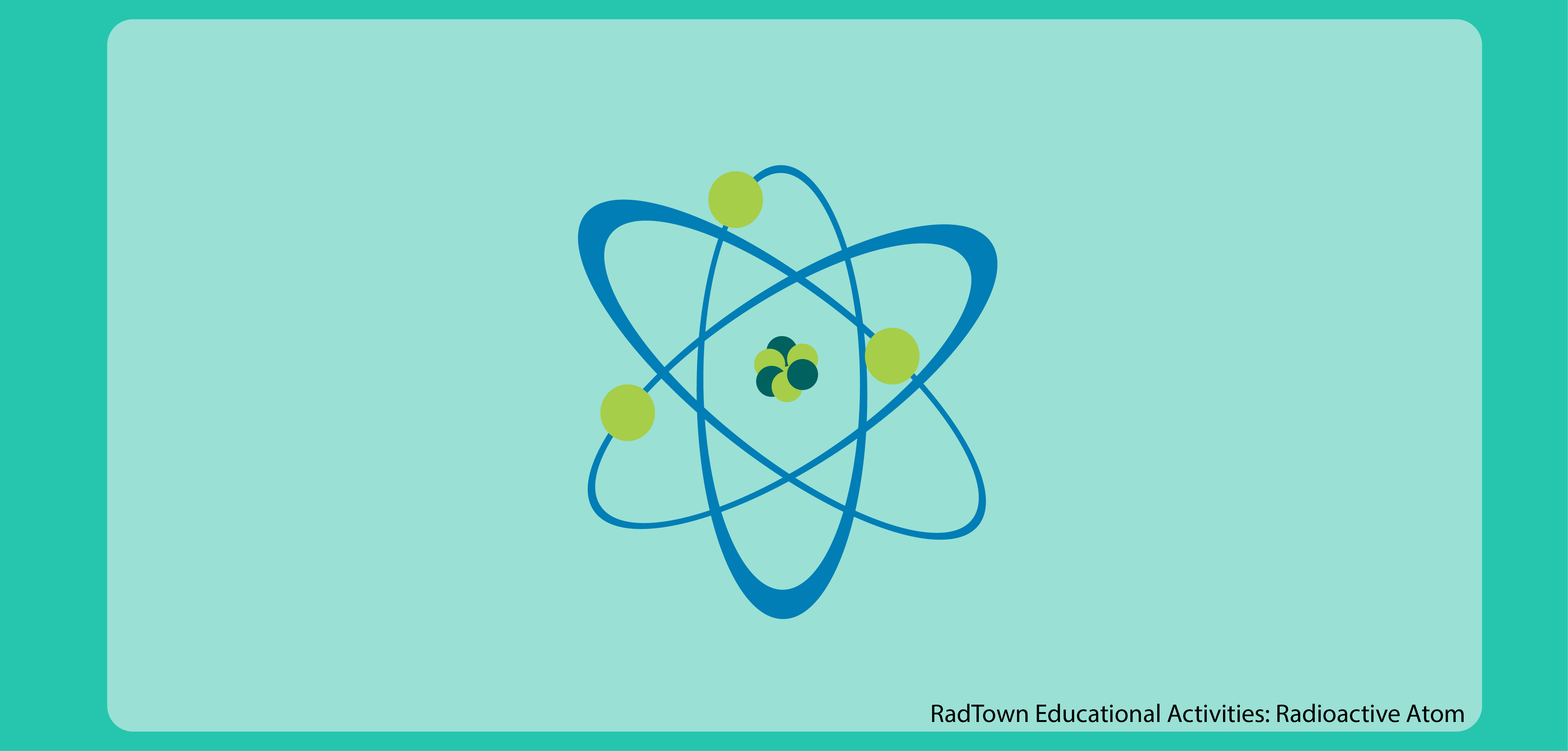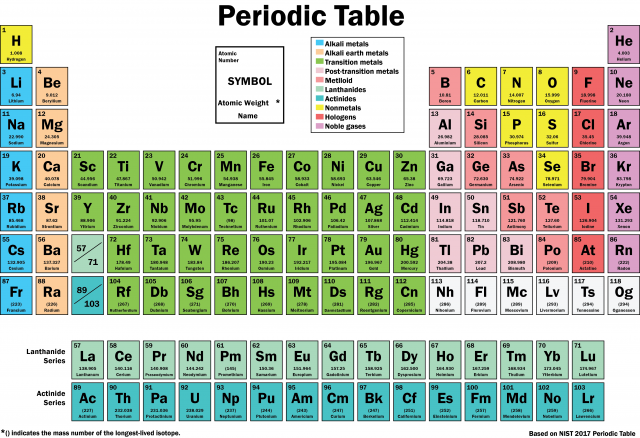RadTown Radioactive Atom Activity 6: Radioactive Decay Chain
Radioactive elements are unstable atoms that decay until they become stable. As they decay, they release energy in the form of radiation, and become different elements. A radioactive decay chain shows the transformations that a radioactive element undergoes to become stable. This activity is intended for middle and high school students.
- Objectives
- Next Generation Science Standards
- Materials and Resources
- Time
- Directions
- Common Core State Standards
- Printable Worksheets and Classroom Aids
Objectives
Students will:
- Learn about radioactive decay and decay chains.
- Observe a decay chain.
- Identify types of radiation emitted with each step in the decay chain.
NOTE: Students should be familiar with atomic structure and the concept of radioactivity prior to completing this activity. The information presented in Activity 2: Atomic Math and Shorthand may help introduce the concepts needed to complete this activity.
Next Generation Science Standards
The concepts in this activity can be used to support the following science standard:
- PS1. Structure and Properties of Matter
Materials and Resources
Each italicized document title can be found at the bottom of this page, and is available for printing and distribution.
- The Radioactive Atom: Teacher Background Information
- Vocabulary Materials
- Computer and/or projector to display information
- Decay Chain Examples (display or distribute to students) and Decay Chain Examples Teacher Answer Key
- Decay Chain Worksheet (one per student, pair or group) and Decay Chain Teacher Answer Key
- Periodic Table of Elements (to display or distribute to students)
- Student computers with Internet access to Radiation Basics
Time
45-60 minutes, not including optional activities or extensions
Vocabulary
- Atom
- Alpha particles
- Beta particles
- Decay chain
- Gamma rays
- Half-life
- Ionizing radiation
- Radiation
- Radioactive atom
- Radioactive decay
Directions
- Start with a vocabulary activity if students are not familiar with radiation and the terms used in this activity, or provide students with the terms and definitions.
- Ask students what happens when things (e.g., plants, food and wood) decay. Students should address how the items change in composition over time. Prompt students to hypothesize whether things decay at the same rate and in the same way.
- Ask students to hypothesize how radioactive atoms or materials decay. Radioactive decay occurs when an unstable (radioactive) atom gives off energy (in the form of ionizing radiation) as it attempts to become a stable atom and is no longer radioactive.
- Display or provide students with a copy of the Decay Chain Examples.
- Review the examples and work through the questions listed on the Decay Chain Examples: Teacher Answer Key with students.
- Distribute the Decay Chain Worksheet and the Periodic Table of Elements. Have students examine each decay chain, identify the elements (or isotopes) within each decay chain, and determine whether each transformation is due to the emission of an alpha or beta particle. The Decay Chain: Teacher Answer Key provides questions and answers to review with students.
- Have students share (orally or in writing):
- What they have learned from the activity.
- How we might use and benefit from radioactive elements that decay. We use radioactive elements for many different purposes. Beta-emitting elements with short half-lives are used in nuclear medicine, imaging and gauges. For example, cesium-137 is used in medical therapy to treat cancer and in moisture-density gauges, leveling gauges and thickness gauges. Alpha-emitting elements with longer half-lives are used for industrial purposes. For example, americium-241 is used in nuclear gauges, plutonium-238 is an alpha-emitting isotope that is used for generation of electric power in space probes.
- Optional activities or extensions: Have students:
- Diagram a decay chain for a particular radioactive element. The diagram can be simple (e.g., use elements with shorter chains or use a portion of longer decay chains) or complex, based on the time available. The diagram can be completed on paper or electronically.
- Plot decay chains (e.g., using the radon chain on the Decay Chain Worksheet or others that students create) on a graph with the atomic numbers identified on one axis (x or y) and the atomic mass on the other (x or y).
The concepts in the Radioactive Decay Chain activity align with the following:
CCSS Language Arts Standards for Literacy in History/Social Studies, Science, & Technical Subjects:
- CSSS.ELA-Literacy.SL.6-12.4 Presentation of Knowledge and Ideas
- CSSS.ELA-Literacy.RST.6-12.4 Craft and Structure
- CSSS.ELA-Literacy.RST.6-12.7 Integration of Knowledge and Ideas
CCSS Mathematics Standards:
- CCSS.MATH.PRACTICE.MP1
- CCSS.MATH.PRACTICE.MP2


